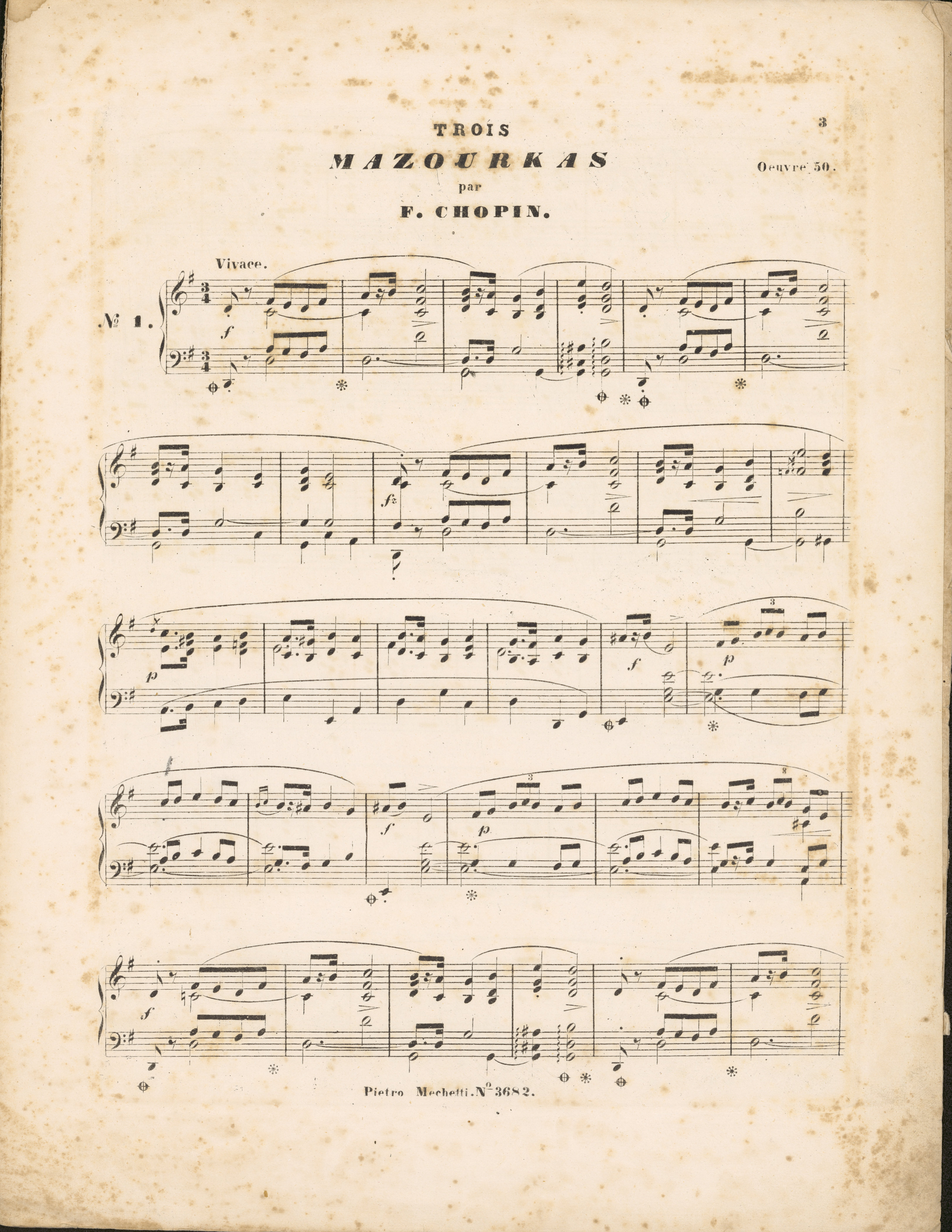



Apparently, adding a L.H. top voice rest seems to be right: it fills the gap between the quavers in b. 1 and the d1 minim in b. 2. However, a more detailed analysis shows that the issue is not that obvious:
- in b. 1 the L.H. quavers move parallel to the melody of the R.H. top voice. Therefore, at the beginning of b. 2 it is the c1 crotchet that has to be considered continuation of that movement. It is particularly evident in Afrag, in which that note is played and not held with a tie, like in the final version. Therefore, it is likely that Chopin did not realise a gap in that voice at all;
- in turn, it is highly likely that the missing rest was striking to someone – most probably the engraver or reviser of FE – who changed the direction of the stem of the d1 minim in accordance with the rules of two-part notation;
- Chopin was generally sparing in notation – the composer tried to convey his idea as clearly as possible, not overloading the text with marks that would not carry necessary information, needed for the correct interpretation and performance of the text on the piano. It particularly applies to voice leading; generally, he would separate them only when their rhythmic independence was required (and sometimes not even then). That phenomenon could be illustrated by the notation of b. 13-16, in which the R.H. is written in one- or two-part notation, in spite of the fact that it is always three voices that are being led there:
 .
.
The above observations do not settle the authenticity of that rest; however, they point to a higher likelihood of a foreign addition. We do not include it in the main text, since it does not appear in any of the eight further repetitions of that bar and is absent in the remaining sources.*
* A rest is present in the Mazurka's two-bar incipit, written by Chopin's hand. However, that commemorative inscription cannot be treated on a par with the remaining sources, particularly since the composer could have been writing it while looking at FE1.
Compare the passage in the sources »
category imprint: Differences between sources
issues: Authentic corrections of FE, FE revisions
notation: Rhythm

